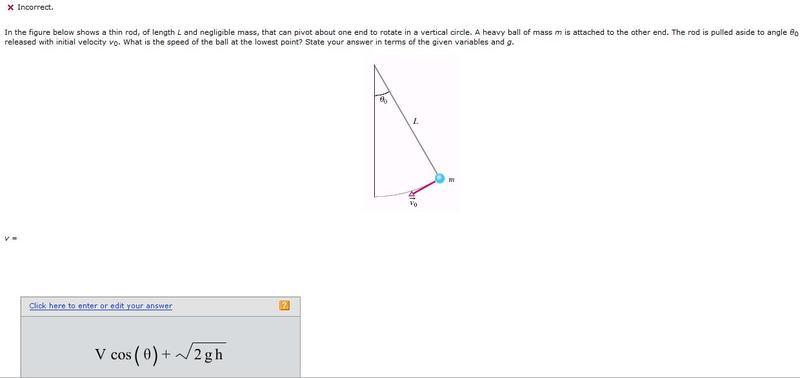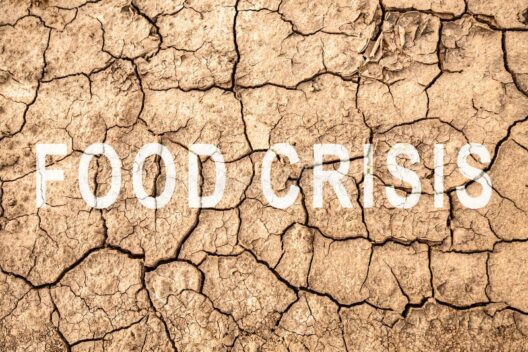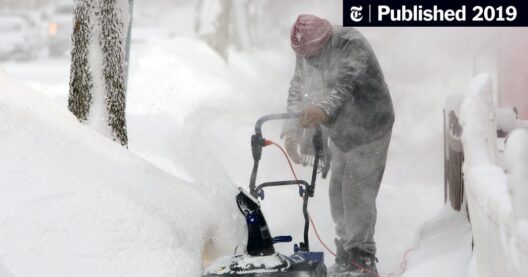The concept of energy conservation is a cornerstone of physics, akin to the delicate web of life in an ecosystem. Just as every element in nature contributes to maintaining harmony, every variable in a physical equation influences the outcome of energy states. One particularly fascinating factor in this intricate dance is the initial vertical velocity of an object. Understanding how initial vertical velocity affects energy conservation requires a deep dive into the principles of mechanics and energy transformation.
To commence, let us define the essential terms: energy, in its myriad forms—kinetic, potential, thermal—is a quantifiable entity in both systemic and isolated environments. Conservation of energy, a principle grounded in the laws of thermodynamics, posits that the total energy in a closed system remains constant, barring any external forces. The interplay between kinetic energy (the energy of motion) and potential energy (the energy of position) is particularly salient when examining vertical motion.
As an object ascends, transitioning from a position of lower potential energy to one of greater potential energy, its kinetic energy diminishes. This phenomenon exemplifies the principle of energy conversion—an elegant transformation akin to the metamorphosis of a caterpillar into a butterfly, where potential energy stored in the caterpillar becomes the kinetic energy of the butterfly as it flits through the air. Upon reaching its apex, all kinetic energy disappears, supplanted by potential energy, holding the promise of a subsequent descent.
Initial vertical velocity complicates this framework. A body propelled skyward with substantial initial vertical velocity enters a tableau where the conservation of energy not only holds but also vividly delineates its parameters. Imagine a basketball launched towards the hoop: the greater the initial vertical velocity, the higher it soars. The initial speed significantly impacts the peak height achieved and the eventual energy states encountered throughout the trajectory.
The kinetic energy (KE) at launch can be articulated mathematically as KE = 1/2 mv², where m denotes mass and v symbolizes initial velocity. As the object rises, the kinetic energy diminishes, transitioning into gravitational potential energy (PE), expressed as PE = mgh, wherein g represents gravitational acceleration, and h signifies height. The initial vertical velocity is crucial; it dictates not just the magnitude of the kinetic energy at the outset but the potential energy attainable at the zenith of the object’s flight.
Furthermore, the implications of initial vertical velocity resonate in real-world scenarios, including sports. In basketball, understanding how initial vertical velocity intertwines with energy conservation principles can inform players during training and execution of shots. Similarly, in engineering applications, including the design of roller coasters, an appreciation for how initial vertical velocity impacts energy transmission can shape the exhilarating arcs and bends riders experience.
One must not overlook the role of external forces on this dynamic. Air resistance introduces a frictional element, acting against the ascending object. As it penetrates the atmosphere, the conversion efficiency of kinetic energy into potential energy diminishes, leading to a lower apogee than would occur in a vacuum. This shift emphasizes the necessity for precision in calculations involving initial vertical velocity where environmental factors come into play.
From a broader ecological perspective, the discussion parallels environmental dynamics. Our planet is replete with energy exchanges, from photosynthesis in plants to thermal cycles in oceans. Just as initial vertical velocity determines the fate of an aerial object, initial conditions in an ecosystem set the trajectory for energy flow and biodiversity outcomes. Recognizing the intricate connections between physical principles of energy and ecological health invites a more profound understanding of our environmental responsibilities.
Moreover, when considering energy conservation, the impact of initial vertical velocity can serve as a metaphor for societal progress. Each initiative aimed at reducing carbon emissions or promoting sustainability is akin to setting a high initial vertical velocity; the resulting upward trajectory can lead to significant advancements in energy efficiency and conservation. As these initiatives gain momentum, the interplay of conservation principles reflects the potential for transformative change in our collective approach to climate challenges.
In the realm of theoretical physics, initial vertical velocity extends into complex discussions, touching on concepts such as parabolic trajectories and the conservation of momentum. Exploring these theoretical landscapes can deepen our grasp of the implications of what might seem like a mere variable in energy conservation dynamics. The critical examination of how initial vertical velocity intricately weaves through the fabric of energy conservation opens the doorway to potential innovations.
Addressing initial vertical velocity’s impact on energy conservation reveals the interconnected nature of forces at play in our universe. The relationships between variables are akin to threads in a tapestry; they cannot be unraveled without affecting the entirety of the design. By recognizing how initial vertical velocity shapes the conversion and conservation of energy, we can glean insights that resonate across disciplines—be it in the formulation of scientific theory, the design of sustainable technology, or the fostering of eco-conscious behaviors. Ultimately, the dialogue around energy—an unyielding life force—challenges us to consider how we engage with it, in the realms of physics and beyond.








